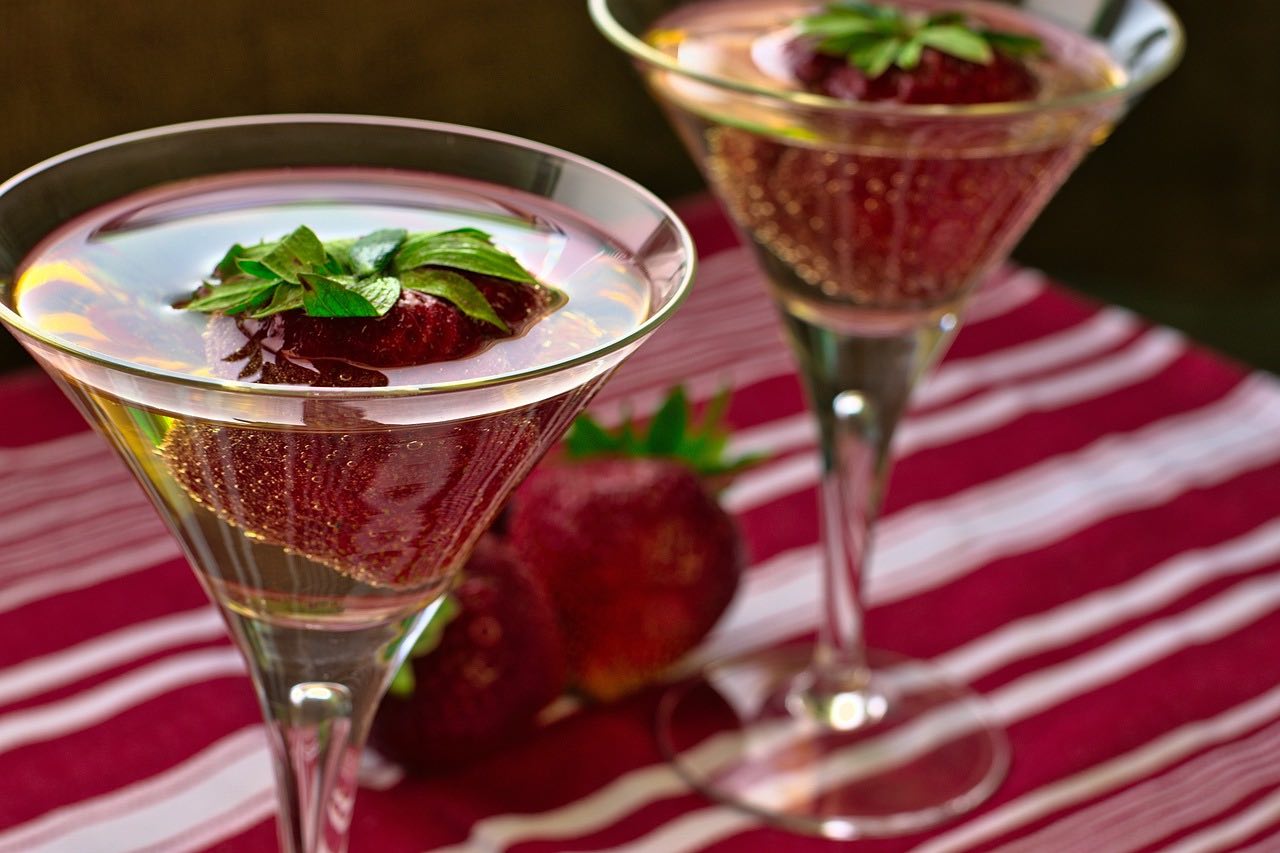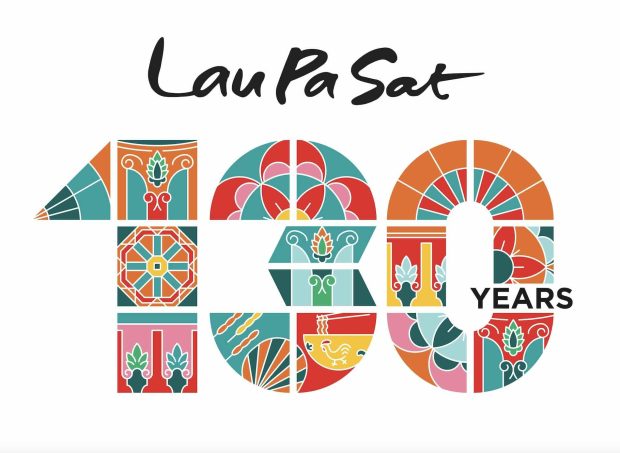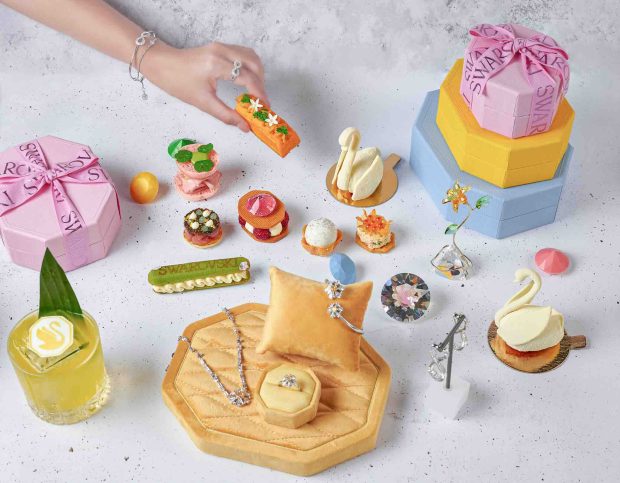Odds are you have noticed that the martini glass looks very much different from any other type of glass for drinking your favourite beverages. The classic martini glass has a tall stem leading to a V-shaped vessel that has a wide opening at the top and is relatively shallow.
The classic martini glass is a direct relative of the champagne glass, but it serves a different purpose. The champagne glass often has a very tall and narrow flute. The deep glass holds a good amount of champagne, while the narrow opening helps to prevent carbonation from escaping. The result is a flavorful drink that stays cool and tickles the tongue.
Another popular version of the champagne glass is shallower and wider at the top than the champagne flute. The wider top enables the champagne to breathe more while making the drink more aromatic and enjoyable for the drinker. Eventually, the martini glass would be inspired by the wider and shallower version of the champagne glass.
The Emergence of the Martini Glass
The martini has been around since about the 1880s with its origins generally attributed to a bartender in Martinez, California. The early martini established the original classic martini recipe that uses equal parts sloe gin and vermouth with some bitters and a garnish added. The classic martini recipe eventually gave birth to the vodka martini recipe that replaces the gin with vodka.
No matter what recipe you use, the iconic martini glass eventually became paired with the martini as it became one of the most popular cocktails in the United States and other countries. The martini glass has a distinctive V-shaped bowl with a wide brim at the top and a shallow area for holding the cocktail. A long stem elevates the bowl up from the base of the cocktail glass.
Martini Glass Debuts in 1925
The martini glass has much in common with the broad-brimmed champagne glass. Champagne is synonymous with the Champagne Province in northeastern France, where the grapes are grown to create champagne. With a great deal of experience in glass design for drinks that contain alcohol, it should be no surprise that the classic martini cocktail glass emerged from France.
The world’s first martini glass debuted during the 1925 Paris Exhibition in France. Its iconic shape and general design are a direct descendant of the wide-brimmed and relatively shallow champagne glass that obviously inspired it. The world exhibition event helped to raise awareness of the martini glass and create a demand for it in the United States, where the martini was born decades earlier.
Martini Glass Is Not Designed to Dump Drinks
A popular legend says the operators of speakeasies created the martini glass so that it would be easier to dump its contents if a police raid occurred during the Prohibition era. While the concept is feasible, the simple fact is that the 1925 debut at the Paris Exhibition predates Prohibition in the United States.
Still, the notion that speakeasies used the martini glass to make it easier to dump the cocktail during a police raid is a good story. The glass was likely used in exactly that manner until Prohibition ended, but that use has nothing to do with the creation of the classic martini glass.







